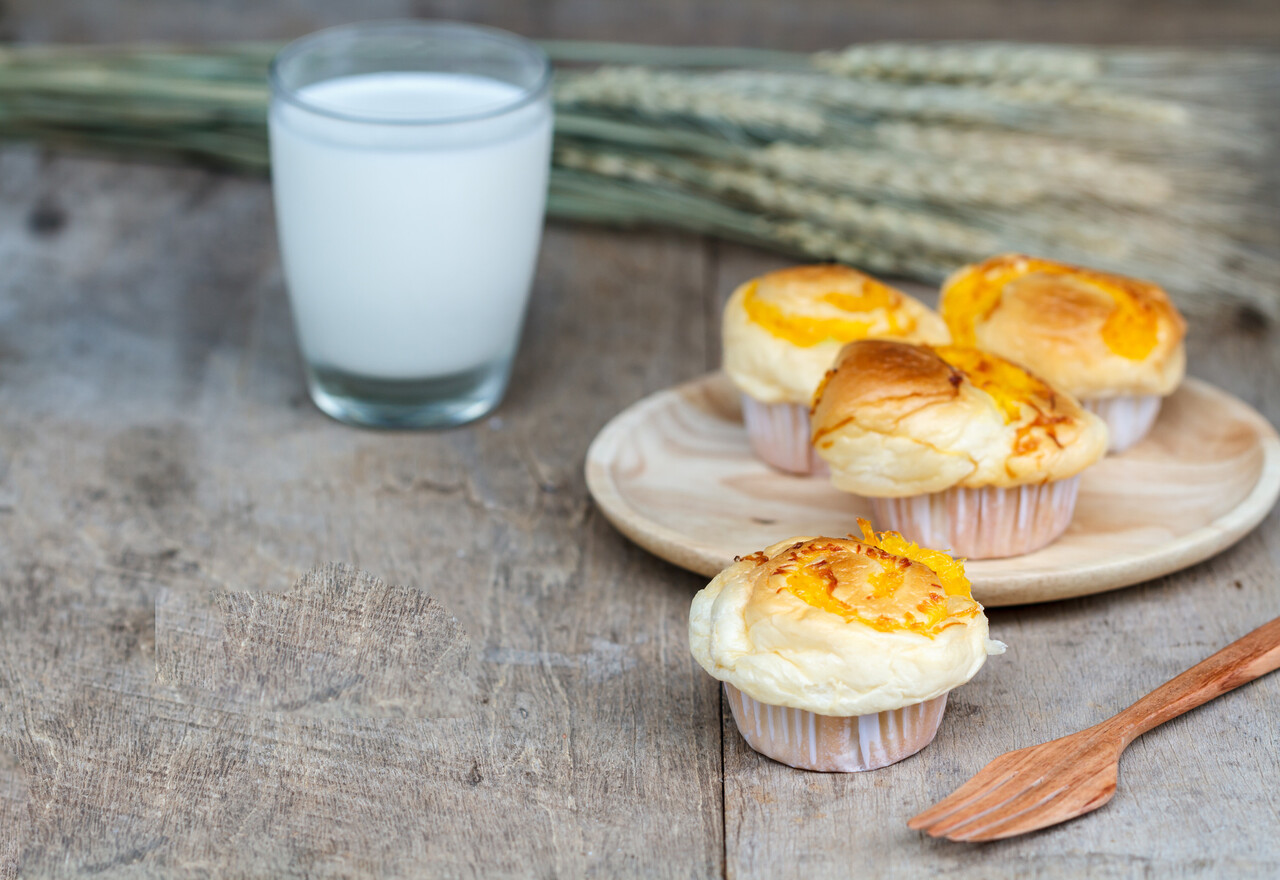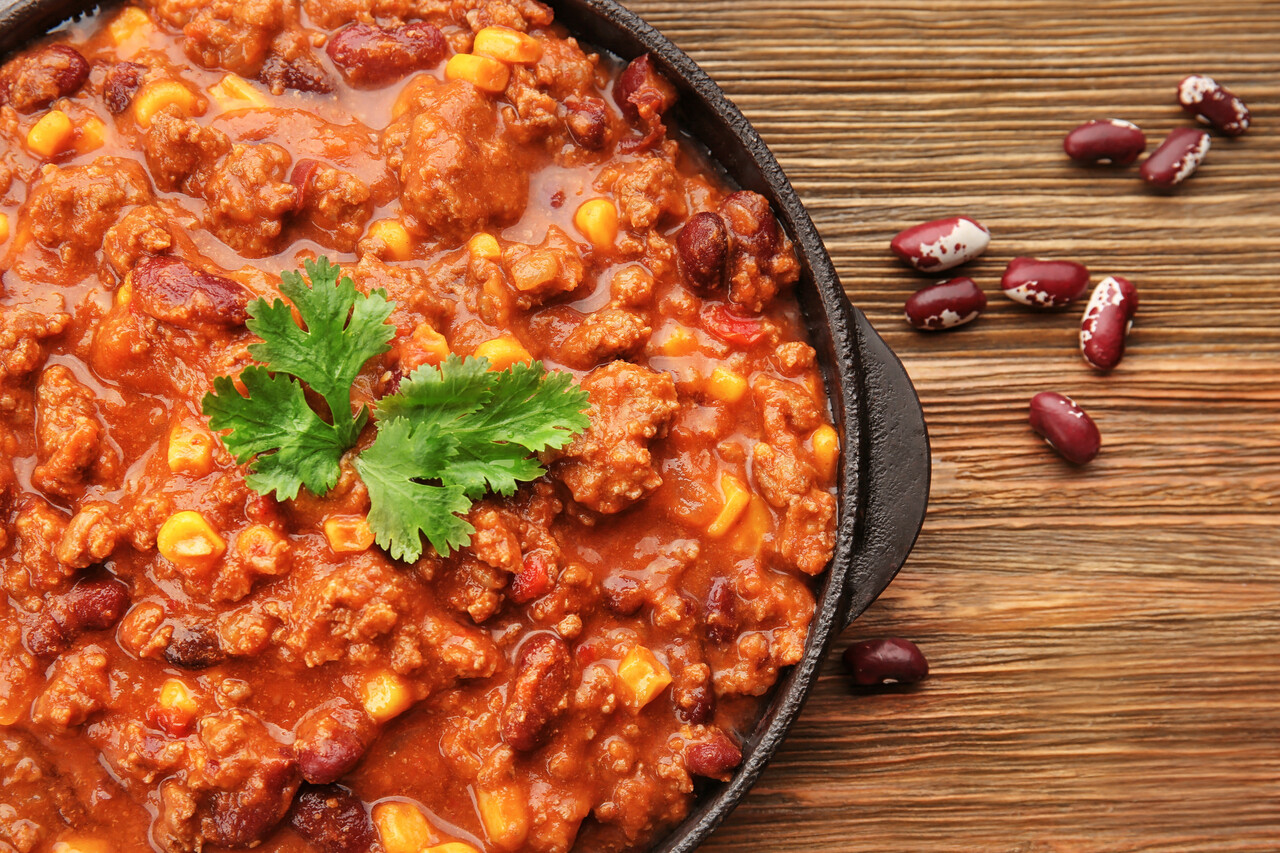15 Everyday Foods Americans Toss Without Thinking Twice
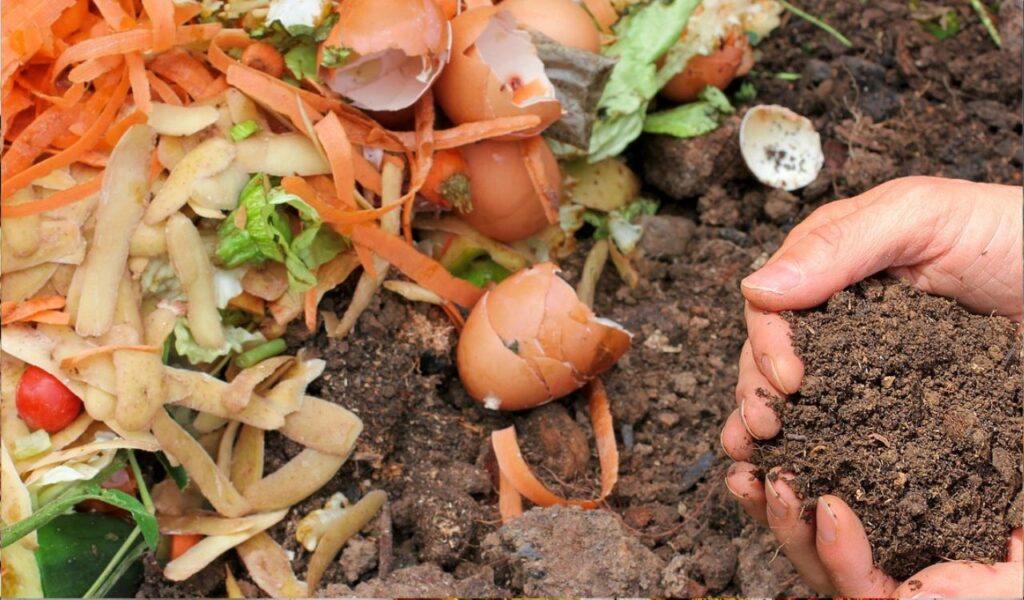
Food waste is a growing issue, with 30 – 40% of the U.S. food supply never eaten. Much of it happens at home through small habits: throwing away bread that feels stale, discarding milk past its “sell by” date, or ignoring wilted lettuce. These choices cost families money and waste the resources that went into producing food. With simple storage tricks and creative repurposing, many of these items can stay useful. Here are 15 everyday foods Americans toss too quickly.
1. Bread
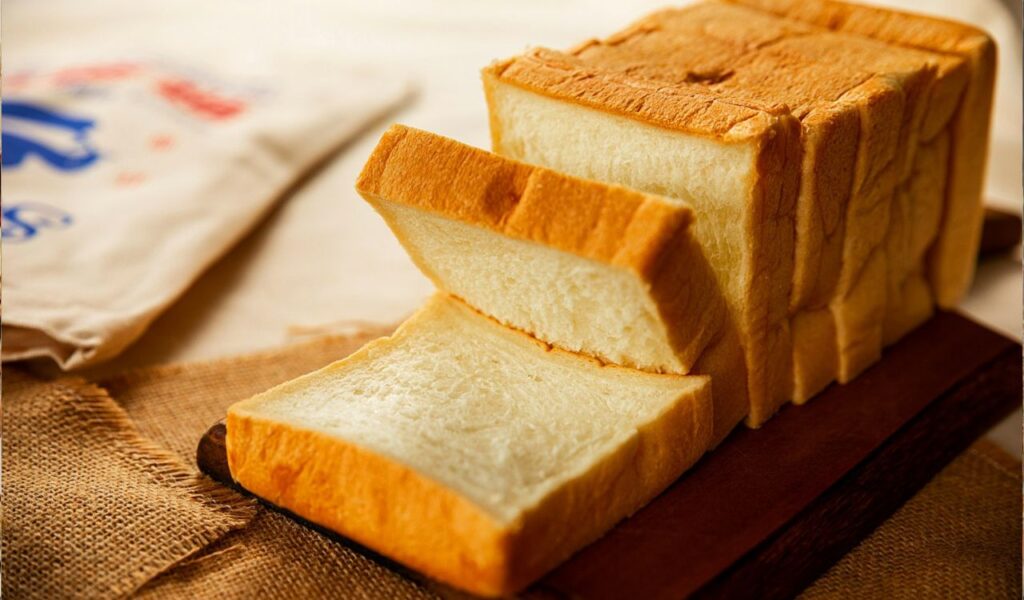
Bread is one of the most wasted staples in American kitchens. Many toss it when slices go stale, even though it can be repurposed. Stale bread works beautifully for breadcrumbs, croutons, or bread pudding. Freezing extra slices in small portions helps prevent spoilage and keeps them ready for later use. Even lightly toasting or warming bread in the oven revives it. With a little planning, millions of wasted slices could instead be enjoyed in new forms.
2. Milk
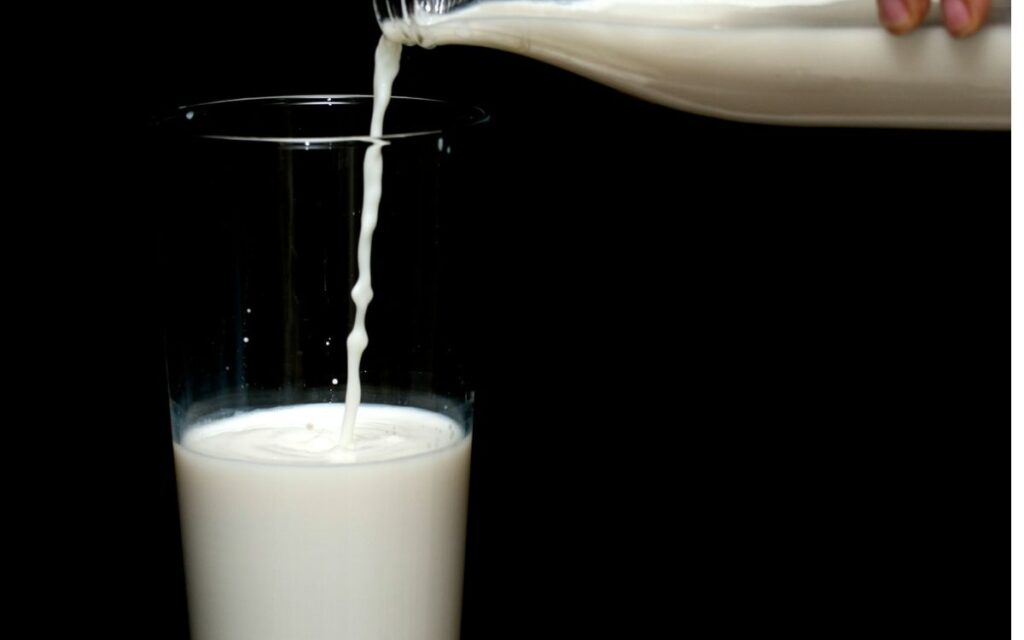
Milk often gets poured down the drain at the first sign of an expired “sell by” label, even if it is still safe to drink. Spoilage also happens from poor fridge storage. Buying smaller cartons, freezing excess, or using milk in custards, soups, or pancakes prevents waste. Always store milk at the back of the fridge where it stays coldest. A quick sniff or taste test is more reliable than dates alone, helping households cut unnecessary losses.
3. Cheese
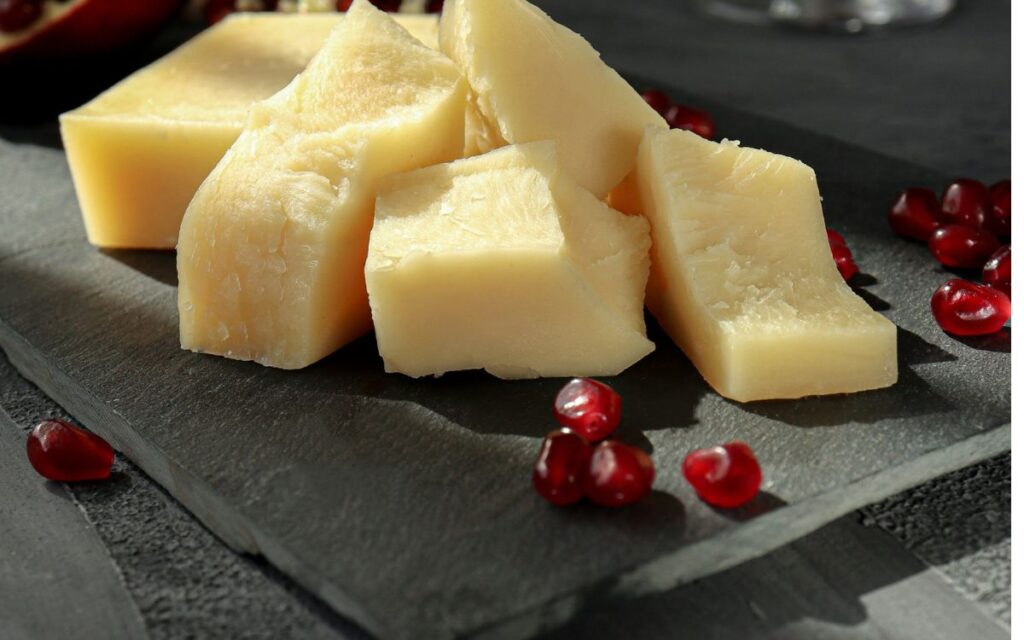
Cheese is often discarded when mold appears, but not all mold means it’s ruined. Hard cheeses like cheddar can be salvaged by cutting away the affected area. Shredded cheese can also be frozen for later cooking. Soft cheeses spoil faster, but even they can be baked into casseroles or sauces. Many small pieces also end up wasted instead of being tossed into pasta, omelets, or sandwiches. With smarter storage, cheese remains versatile far beyond first use.
4. Bananas
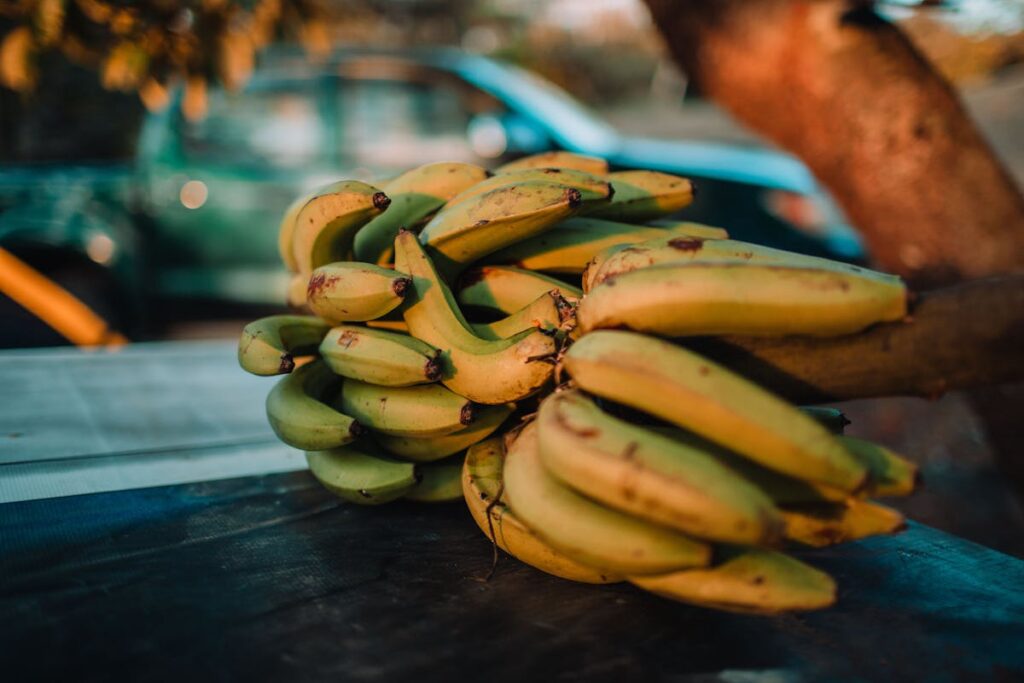
Bananas are among the most wasted fruits because they ripen quickly and turn brown. Many people toss them once spots appear, even though they’re perfect for baking, smoothies, or freezing. Overripe bananas add natural sweetness to bread, muffins, and pancakes. Buying smaller bunches or separating bananas slows the ripening process. Even frozen banana chunks make excellent ice cream alternatives. A little creativity ensures these fruits stay useful well past their peak yellow stage.
5. Apples
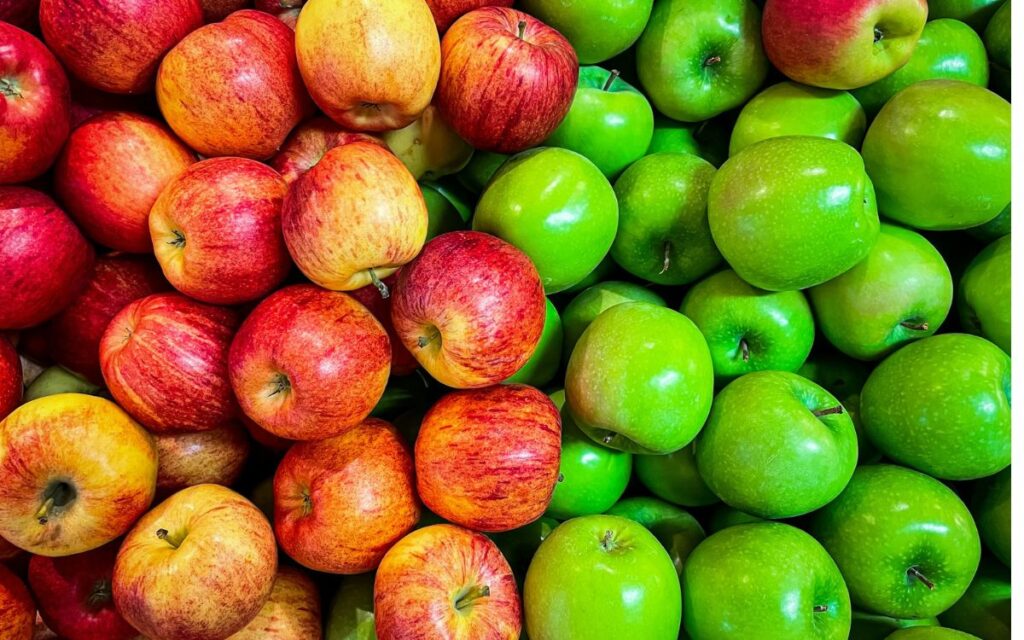
Bruised or slightly soft apples are often thrown away even when most of the fruit remains good. Instead of wasting them, apples can be baked into pies, simmered into applesauce, or chopped into oatmeal. Storing them in a cool, dry place away from bananas slows ripening and keeps them fresh longer. Apples are incredibly versatile in cooking, and even those past their crisp stage can deliver flavor, texture, and sweetness in countless dishes.
6. Lettuce & Leafy Greens
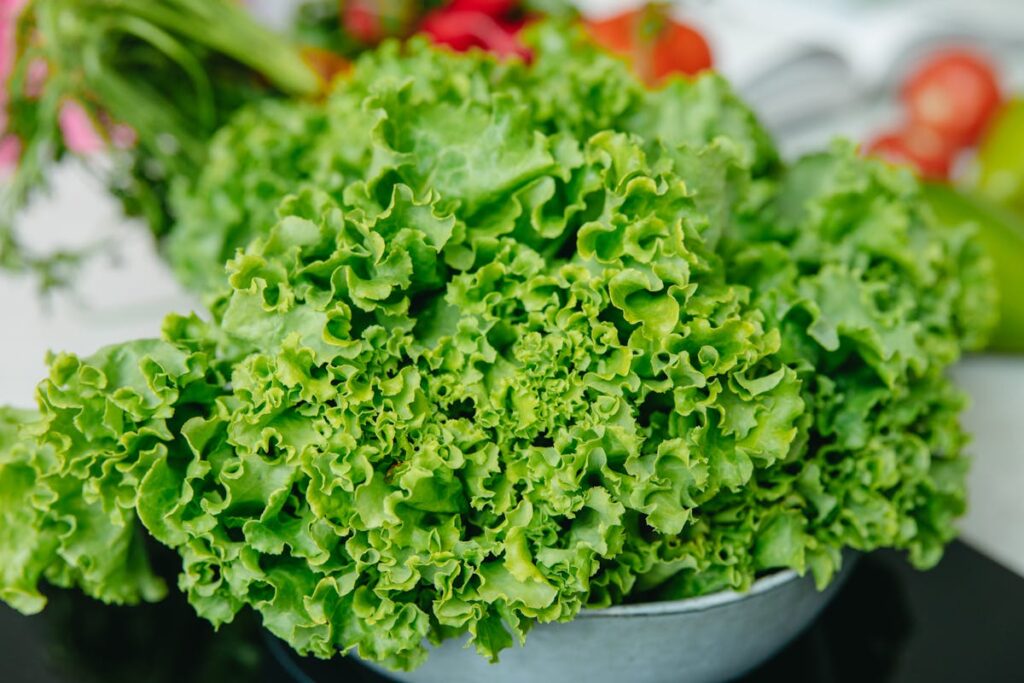
Leafy greens are fragile and wilt quickly, leading many to toss half-used bags of lettuce or spinach. A simple fix is storing washed greens in containers lined with paper towels to absorb moisture. Even wilted leaves can be revived by sautéing, blending into smoothies, or adding to soups and stir-fries. Buying smaller portions and using them early helps reduce waste. With smart storage, greens can last days longer and provide value instead of heading to the trash.
7. Potatoes
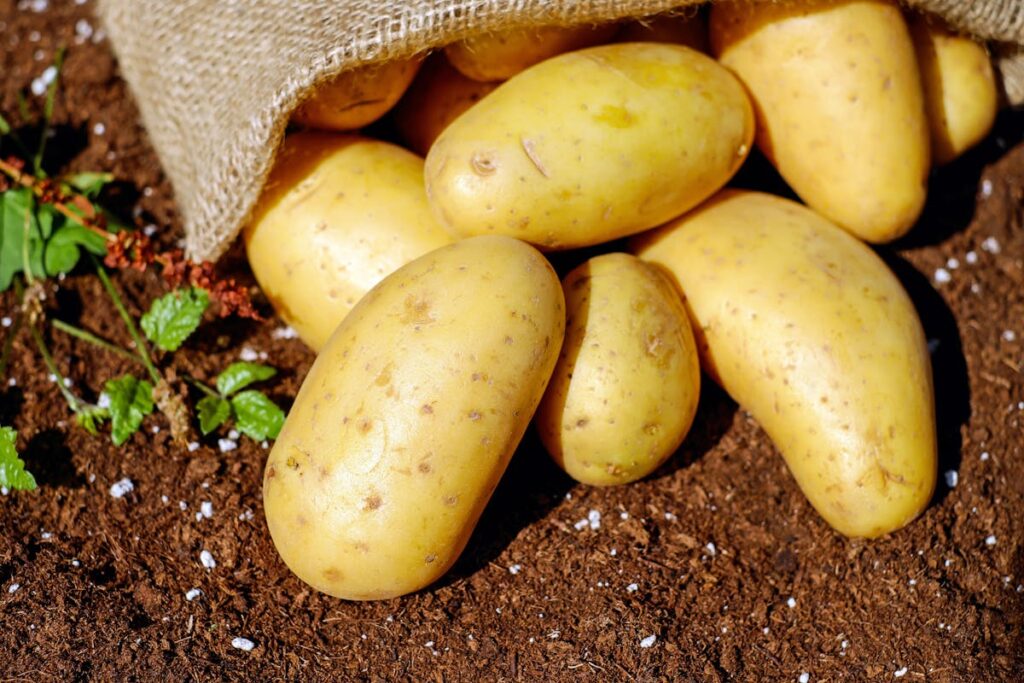
Potatoes often get discarded when they sprout, soften, or develop blemishes. Yet sprouted potatoes are still safe if sprouts are removed and the rest is peeled. Soft potatoes can be boiled, mashed, or fried without issue. Proper storage in a dark, cool, well-ventilated spot, away from onions, keeps them fresh longer. Leftover mashed potatoes also freeze well and can be repurposed into pancakes, gnocchi, or croquettes. With a little care, these versatile staples rarely need to be wasted.
8. Eggs
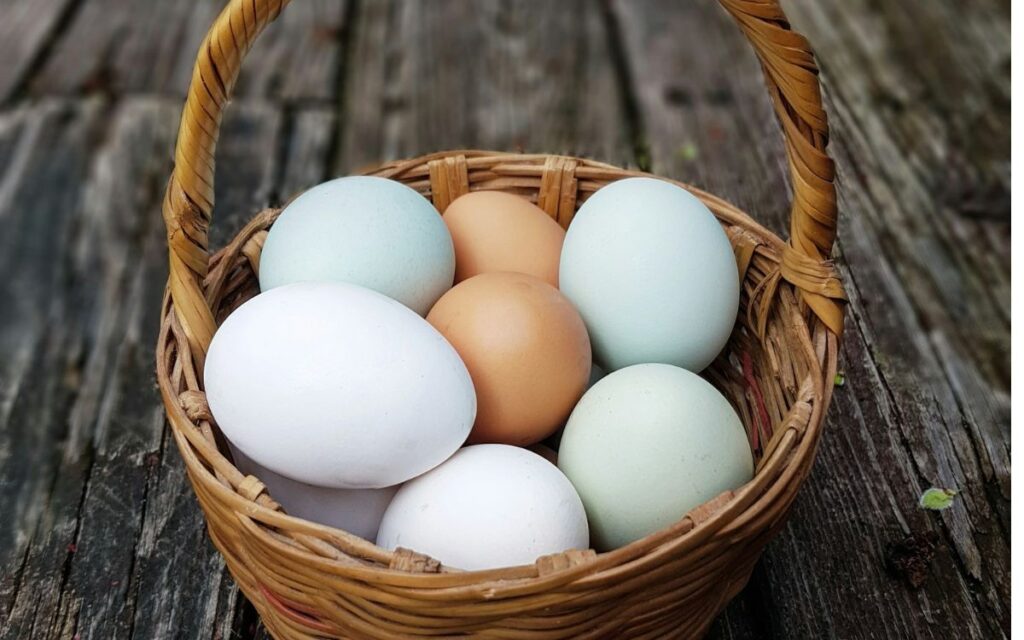
Eggs are frequently wasted due to confusion about expiration dates. In reality, eggs last several weeks beyond the “sell by” date when stored properly. A quick float test in water helps check freshness: fresh eggs sink, older ones float. Older eggs are ideal for baking or hard boiling. Storing eggs in the coldest part of the fridge, not the door, helps preserve them. Simple awareness and smart storage keep this nutrient-rich staple from being unnecessarily discarded.
9. Meat & Deli Cuts
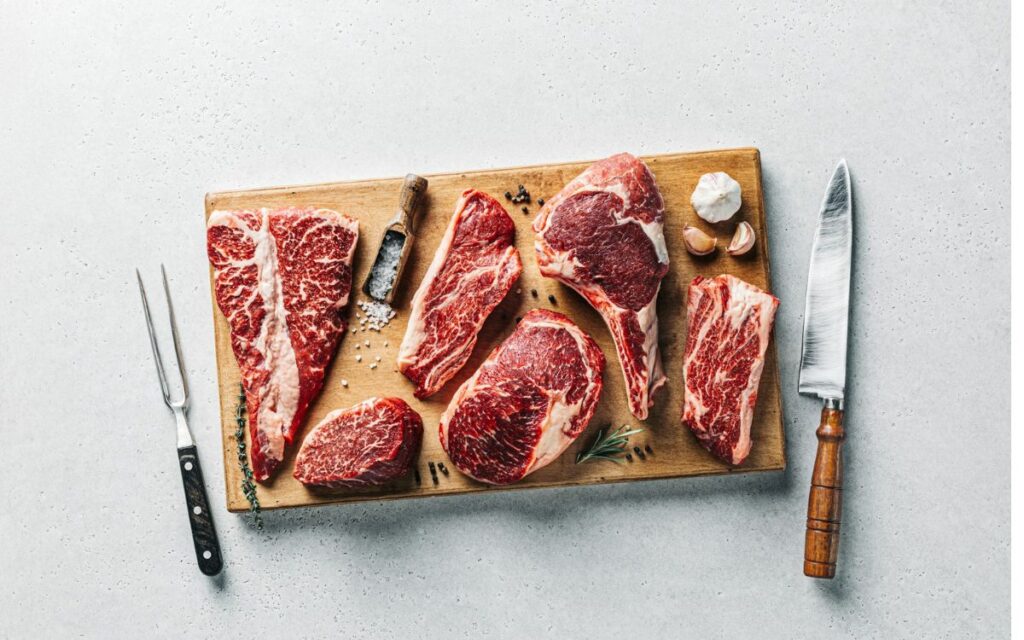
Meat and deli products are high on the food waste list because of their short shelf life. Families often buy more than needed, leading to spoilage. Freezing meat in portions prevents loss, while cooked leftovers can be used in soups, stir-fries, or sandwiches. Planning meals ahead reduces overbuying. Deli slices also freeze well for later. By respecting storage times and cooking portions promptly, households can save money while cutting back on significant food waste.
10. Avocados

Avocados ripen quickly, leaving many people frustrated when they turn brown before being eaten. Once ripe, they should be used promptly or stored in the fridge to slow spoilage. The flesh also freezes well for smoothies or spreads, and mashed avocado can be turned into guacamole. Buying slightly underripe avocados gives more time to enjoy them. With smarter timing and quick use, these nutritious fruits don’t have to end up wasted on the counter.
11. Juice

Juices are often thrown away after opening because of taste changes or forgotten leftovers. Instead of wasting, use juice in smoothies, marinades, or homemade popsicles. Buying smaller bottles also helps households finish them on time. Freezing juice into cubes makes a refreshing addition to drinks later. With a little planning, those last few ounces of orange or vegetable juice don’t need to be poured down the drain. It’s an easy way to cut waste.
12. Yogurt
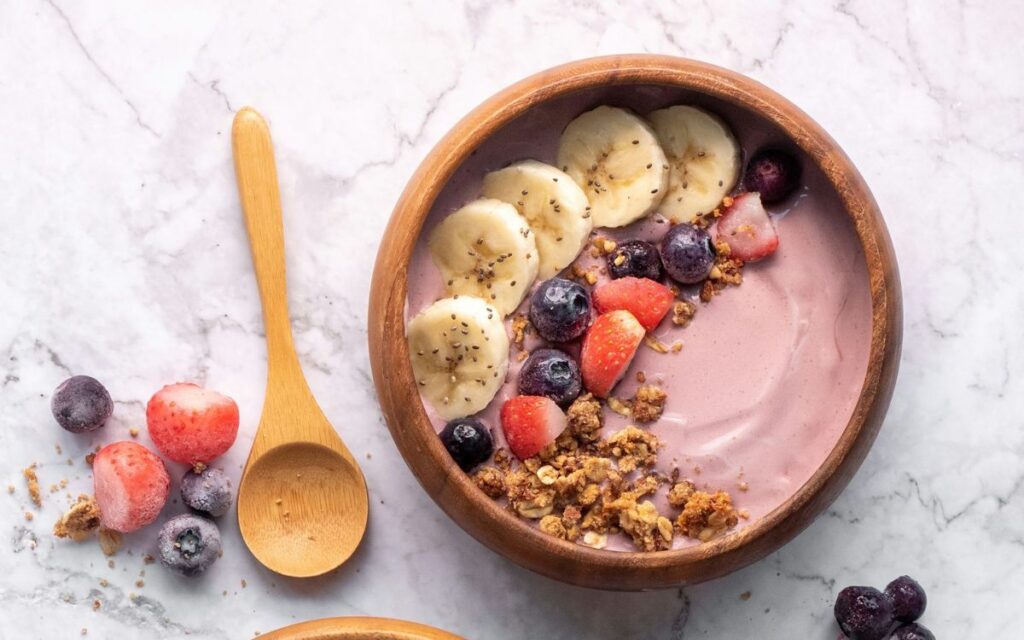
Yogurt commonly gets tossed after its “best by” date, even though it often remains safe. If it smells fine and shows no mold, it can still be eaten or cooked with. Yogurt adds creaminess to marinades, baked goods, or sauces, and it freezes well for smoothies. Buying single-serve cups helps avoid open containers sitting too long. Simple checks and creative uses can save countless tubs from being discarded too soon.
13. Onions
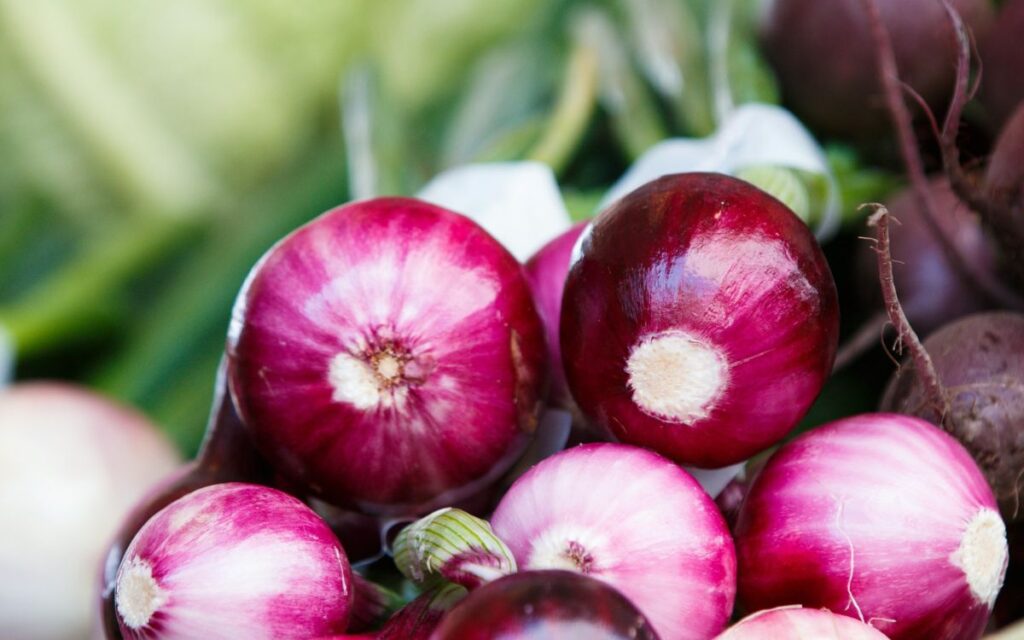
Onions are frequently discarded once they sprout or show dry skins, though most of the bulb remains good. Simply peel off the outer layers or cut around damaged spots, and the onion is perfectly usable. Stored in a cool, dark, and ventilated place, onions can last for weeks. Chopped onions also freeze well, ready to be used in soups, stir-fries, or sauces. With minimal effort, onions can stay a reliable base for meals without waste.
14. Produce in General
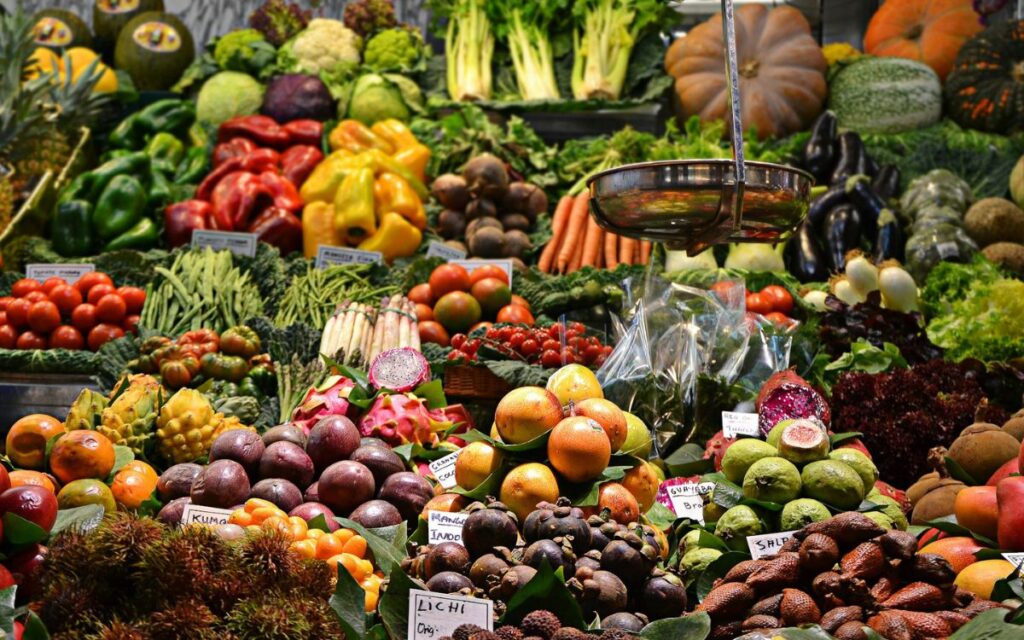
Fruits and vegetables make up the largest share of household waste in the U.S. Many people reject imperfect-looking produce, overbuy, or forget items in the fridge. Freezing excess, cooking with stems or peels, and embracing “ugly” produce helps. Roasting, juicing, or making soups from extra vegetables gives them new life. Small changes like shopping more often but in smaller quantities can dramatically reduce waste while keeping kitchens stocked with fresh, usable food.
15. Leftovers
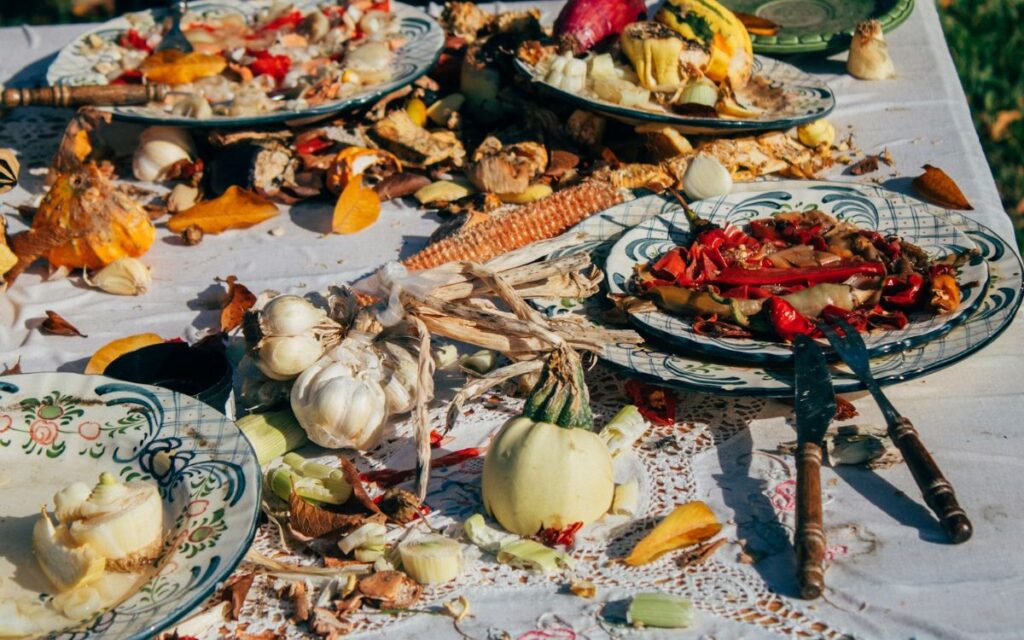
Cooked leftovers often end up forgotten until they spoil. Families also cook more than needed, adding to waste. A simple solution is labeling containers, storing them where they’re visible, and setting a weekly “leftover night.” Leftovers can also be repurposed into wraps, grain bowls, or soups, making them more appealing. By viewing leftovers as ingredients rather than burdens, households can save money, reduce waste, and make mealtimes easier with ready-to-eat options.




